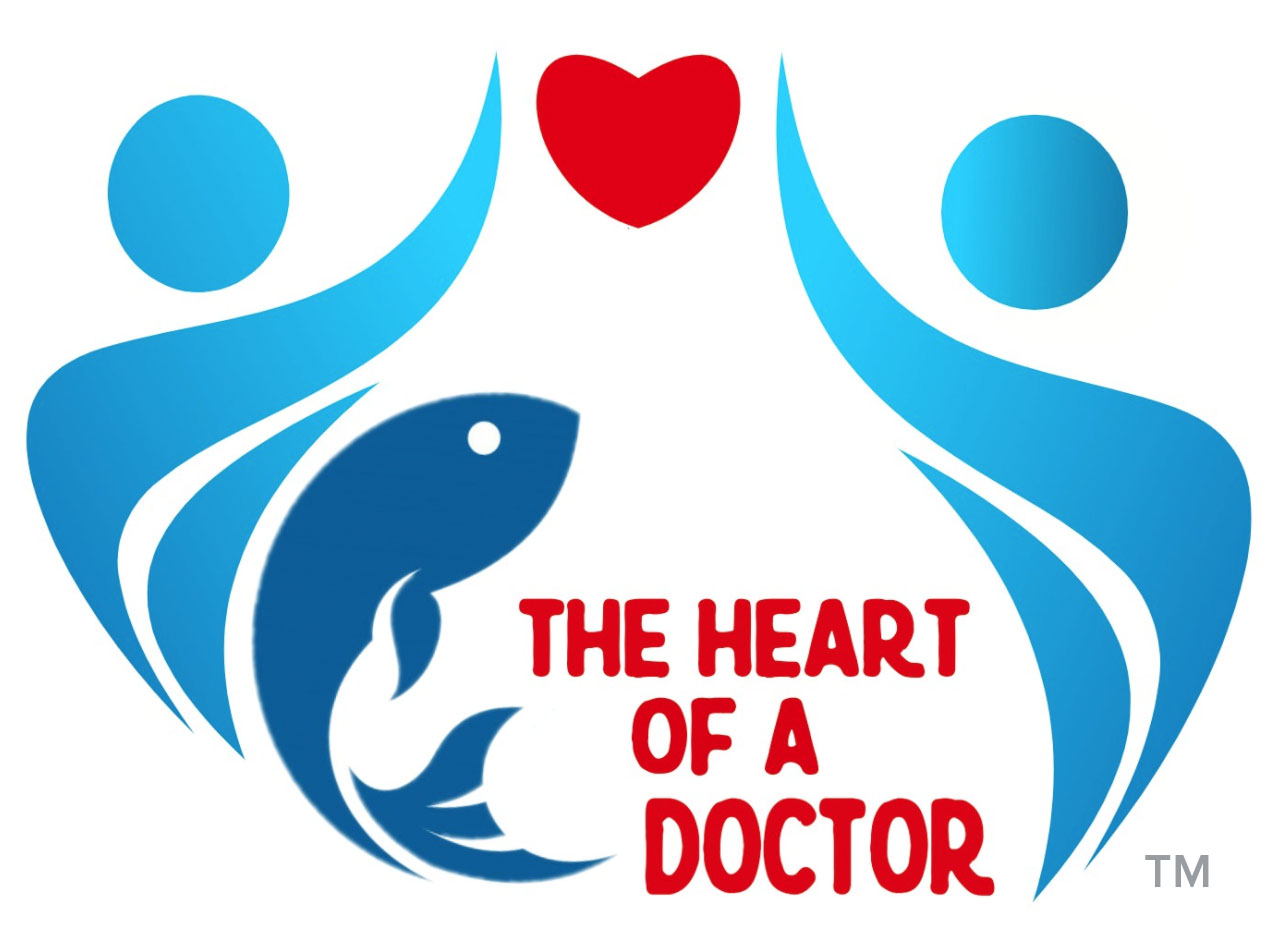Before we talk about Omicron, let’s go back over some important medical terms.
- Particles. Viruses are very very tiny. Even with a really good microscope, you can’t see them. Also, there is debate on whether a virus is actually a living being or not For both of those reasons, individual viral organisms are called particles.
- Mutation(s)/ mutant. All organic lifeforms are built on a unique sequence of molecules. These ‘building blocks’ are strung together into a code. That code is called DNA. The exact sequence of the individual molecules of DNA determines exactly what an organism is. Every time an organism replicates, its DNA has to be copied for to make its offspring. That process is almost perfect. However, given the enormous number of viral particles being made inside millions of people during a pandemic, it’s inevitable that DNA copying errors will eventually occur. The specific error in the DNA is called a “mutation.” The resulting new viruses are called mutants.
- Transmissibility. This is how easy it is for the virus to get from one person to another. “Contagious” and “transmissible” are essentially the same terms.
- Virulence. This is how sick people will get when they get the virus. This is usually quantified by measuring how many people infected people will end up either in the hospital, the ICU, or die. This should not be confused with the term “deadly.” Deadly is a much more complicated term. It includes all of the other factors that lead to people dying from being sick.
- Latency. After a virus can get into someone’s body, it might not make them sick right away (if ever). It may be dormant for a short or long time. The time between when it gets into a person and makes them sick is called “latency.”
- Infectious phase. This is the time during which an infected people can spread the virus. “Infectiousness” may occur before, during, or even after someone is obviously sick.
- Transmission method. A virus needs some way to get from one person to another. Some viruses use feces (like Hepatitis A), some use blood (like HIV), and some pass through droplets (like COVID-19). How it does this is called the “transmission method.”
- Vaccine. This is a chemical that is given to a person to get the body ready to respond to a specific virus. A vaccine triggers the person’s immune system to be ready for a virus before it actually encounters it. There are many different kinds of vaccines. Most are given as injections, but some are given by mouth.
- Therapeutics. These are medications which we give to people who are sick with a virus. Some are antibody injections, others are pills, and some are given through IV’s.
- Immunity. This means that a person is less likely to become sick when exposed to the virus. Not many vaccines are perfect. Some viruses can defeat a vaccinated person’s body. That’s especially the case with people who are already sick or whose immune system is weak.
In the next several posts, we will talk specifically about Omicron.

